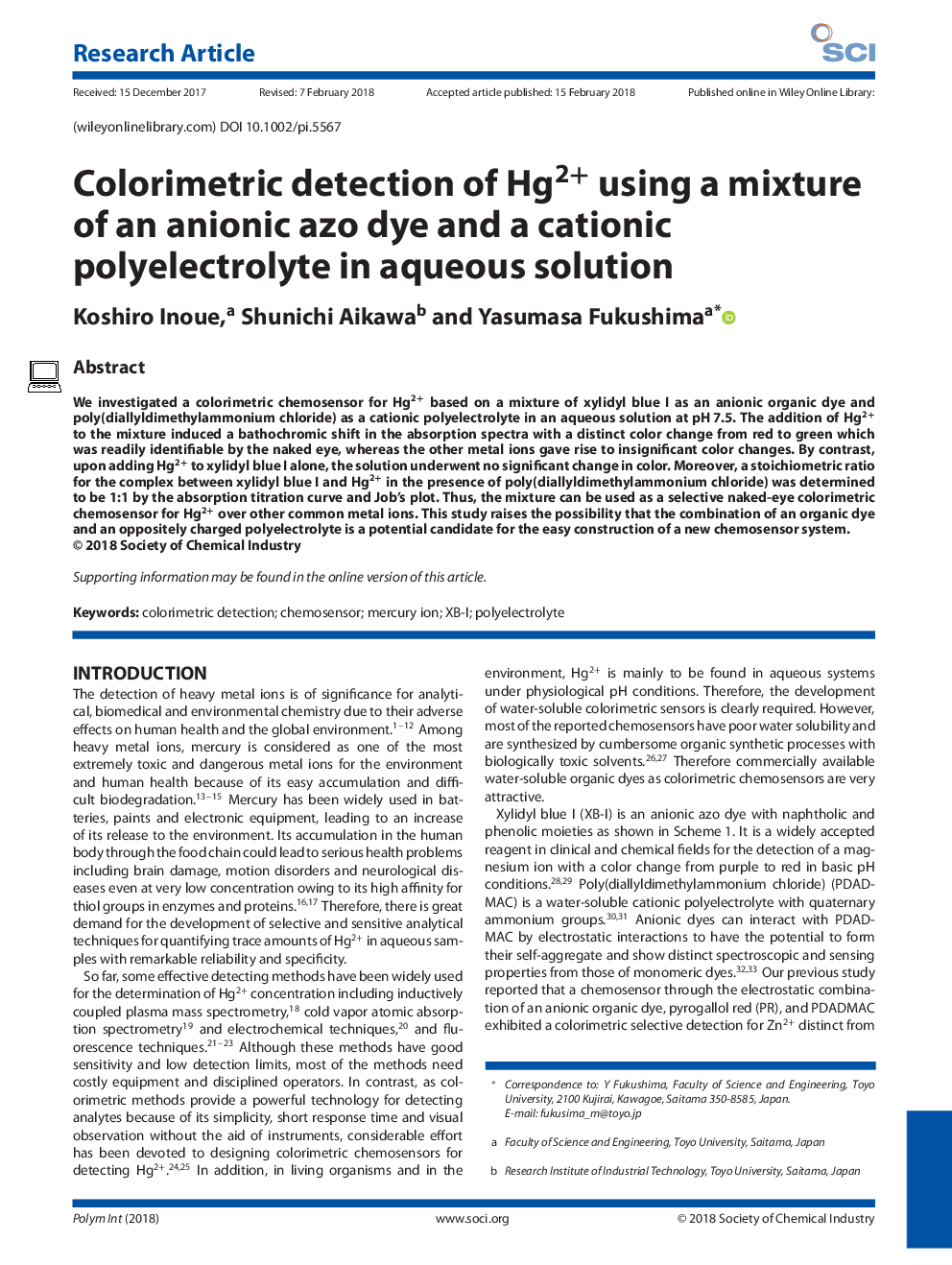| Article ID | Journal | Published Year | Pages | File Type |
|---|---|---|---|---|
| 5487753 | New Astronomy | 2018 | 6 Pages |
Abstract
By monitoring a large number of stars in the Local Group galaxies, we can detect nanolensing events by sub-lunar mass compact objects (SULCOs) such as primordial black holes (PBHs) and rogue (free-floating) dwarf planets in the Milky Way halo. In contarst to microlensing by stellar-mass objects, the finite-source size effect becomes important and the lensing time duration becomes shorter (â¼101â4s). Using stars with Vâ¯<â¯26 in M33 as sources, for one-night observation, we would be able to detect 103â4 nanolensing events caused by SULCOs in the Milky Way halo with a mass of 10â9Mâ to 10â7Mâ for sources with S/Nâ¯>â¯5 if SULCOs constitute all the dark matter components. Moreover, we expect 101â2 events in which bright blue stars with S/Nâ¯>â¯100 are weakly amplified due to lensing by SULCOs with a mass range of 10â11Mâ to 10â9Mâ. Thus the method would open a new window on SULCOs in the Milky Way halo that would otherwise not be observable.
Related Topics
Physical Sciences and Engineering
Physics and Astronomy
Astronomy and Astrophysics
Authors
Kaiki Taro Inoue,
